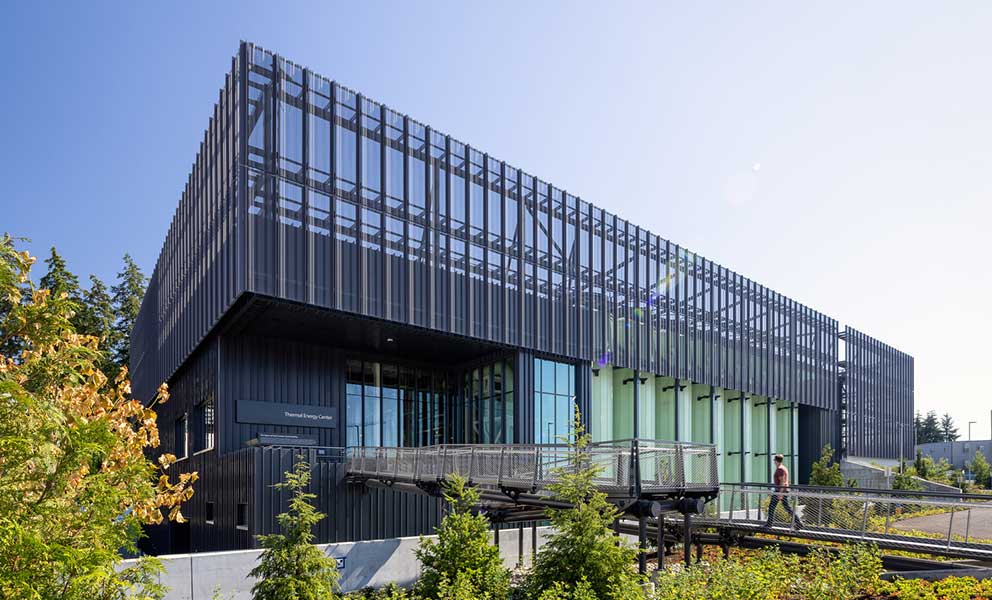2023 DOE standards: Efficiency, electrification and cost savings
According to the U.S. Department of Energy, energy efficiency is one of the easiest and most cost-effective ways to mitigate climate change and reduce energy costs (https://www.energy.gov/eere/energy-efficiency). Every six years, this organization reviews how much energy certain mechanical systems use and determines if an increase in energy efficiency requirements is justified. 2023 will be a year of significant changes, as HVAC systems transition to new DOE efficiency standards for all newly manufactured residential and commercial air conditioners, heat pumps and gas furnaces. Students are the future, and it makes sense for schools to adopt the new standards to reduce schools’ contributions to greenhouse gases that scientists agree are accelerating the rate of climate change. If it’s time for an upgrade, you can be the one to make schools in your community more sustainable with HVAC products that meet or exceed DOE 2023 efficiency standards.
Many states are taking sustainability a step further by implementing more stringent building codes and incentives for “building decarbonization” and “electrification of heat.” For your K-12 customers in locations where this applies, you can be the educator. Take time to explain what this means, and how schools can do it affordably.
- Decarbonization— Decreasing or eliminating greenhouse gas (GHG) emissions from a building's operational activities, including from burning fossil fuels for heating.
- Electrification—The process of switching building energy sources from on-site fossil fuels to electric sources, including for heating.
Trane offers a wide range of products that provide effective, all-electric, all-weather cooling and heating. Many of our industry favorites have recently been updated so that schools and other commercial buildings can take sustainability to the next level through electrified heating and improved energy efficiency ratings.
The high cost of doing nothing (and how to prioritize doing something)
If the HVAC system is “working fine,” it can be easy to ignore the fact that an aging system may be costing the district money. It can be expensive, in some cases, to delay needed infrastructure improvements. You can use the following steps with your customers to determine if it is fiscally smarter to leave the system “as is” or to make cost-saving upgrades.
- Measure energy use continually.
When it comes to understanding a school’s energy profile, data is vital. Connecting to a building automation system can help administrators reduce operational costs by benchmarking, tracking and trending the building’s energy use. Knowing when, why and how much energy each building is using identifies where change is needed.
- Set goals and make a plan.
Schools are used to setting performance goals and measuring student outcomes. A similar analytical approach can be applied to school buildings. Following baseline analysis, it should be clear whether system changes are necessary. You’ll also be able to discuss potential steps that will yield the best results in terms of cost, comfort or sustainability, depending on district priorities. Each goal starts with developing a plan and implementing a means to track the results on a regular basis. Make plans to carry out the work, too.
- Understand what can, and what can’t be controlled.
Some things are simply beyond control. For example, if you helped a school district customer reduced its energy use by making system upgrades, but then utility rates increase, their costs may rise anyway. Tracking energy use trends and costs can show the customer that their costs increased because of variables outside of your (or their) control. You can demonstrate how the upgrades are, in fact, saving them money. Without them, they would have paid even more. Working with a trusted energy service provider like Trane can help you uncover insights like this for your customers.
Trane can help you stay on top of HVAC trends and what they mean to your K-12 school customers. By continuously introducing innovative solutions and revising contractor favorites, we can help you help your customers operate cost effectively and sustainably to achieve better educational outcomes.



































































































